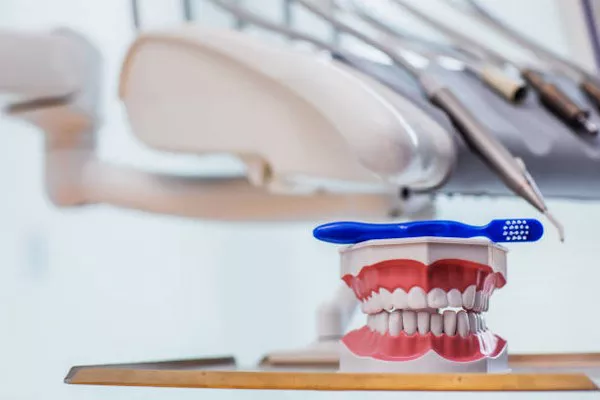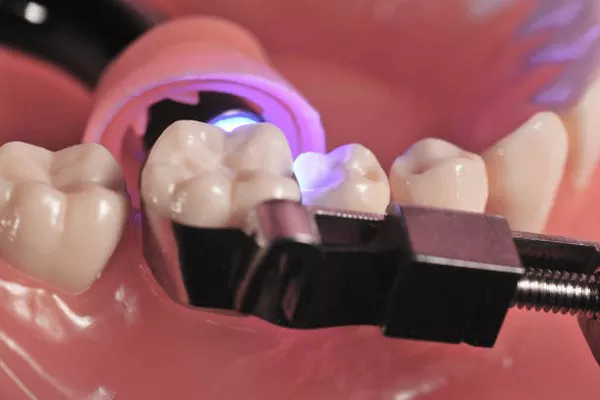In a world that values radiant smiles, yellow teeth can be a cause of concern for many individuals. The question on everyone’s mind is whether brushing alone can turn those yellow teeth into a sparkling white. In this comprehensive guide, we’ll explore the factors contributing to yellowing teeth, the effectiveness of brushing, and provide valuable tips on achieving a brighter, whiter smile.
Understanding the Causes of Yellow Teeth:
a. Poor oral hygiene
Neglecting regular brushing and flossing allows plaque and stains to accumulate, leading to yellowing over time.
b. Dietary habits
Consuming foods and beverages like coffee, tea, and red wine can contribute to tooth discoloration.
c. Tobacco use
Smoking or chewing tobacco not only stains teeth but also poses serious risks to oral health.
The Role of Brushing in Teeth Whitening:
a. Choosing the right toothpaste
Opt for a toothpaste containing whitening agents like hydrogen peroxide or baking soda, proven to combat surface stains.
b. Brushing techniques
Employ gentle, circular motions to effectively remove stains without causing damage to the enamel.
c. Frequency of brushing
Brush at least twice a day, and ideally after consuming staining foods or beverages, to maintain optimal oral hygiene.
Supplementing Brushing with Effective Whitening Practices:
a. Oil pulling
Incorporate oil pulling with coconut oil into your routine to reduce bacteria and improve overall oral health, contributing to a whiter smile.
b. Baking soda and hydrogen peroxide paste
Create a natural teeth-whitening paste by mixing baking soda and hydrogen peroxide, applying it to your teeth for a few minutes before brushing.
c. Professional teeth whitening
Consult with a dentist for in-office or at-home professional whitening treatments, ensuring safe and effective results.
Maintaining Optimal Oral Hygiene for Lasting Results:
a. Regular dental check-ups
Schedule routine dental appointments to address any potential issues and receive professional advice on maintaining a white smile.
b. Flossing
Include daily flossing in your oral care routine to remove plaque from hard-to-reach areas between teeth, preventing yellowing.
c. Mouthwash
Incorporate an alcohol-free, whitening mouthwash into your routine to freshen breath and contribute to overall oral health.
Dietary Adjustments for Whiter Teeth:
a. Increased water intake
Water helps rinse away food particles and acids that can contribute to tooth discoloration.
b. Consumption of crunchy fruits and vegetables
Snacking on apples, carrots, and celery can naturally scrub away surface stains and promote saliva production.
c. Limiting staining foods and beverages
Moderation is key; reduce the intake of coffee, tea, and red wine to minimize the risk of yellowing.
Conclusion:
Achieving a white, bright smile involves a holistic approach that goes beyond brushing alone. While brushing is a crucial component of oral hygiene, supplementing it with effective whitening practices, maintaining optimal oral hygiene, and making dietary adjustments can significantly contribute to a dazzling smile. Remember, consistency is key, and consulting with a dental professional ensures personalized advice for your unique oral health needs. With these tips in mind, you can confidently embark on the journey to transform your yellow teeth into a radiant, white smile that lights up any room.
Related Links:
How to improve bad breath through internal adjustment?
Will yellowed teeth cause odor?
How to Remove Yellow Stains from Teeth: A Comprehensive Guide































